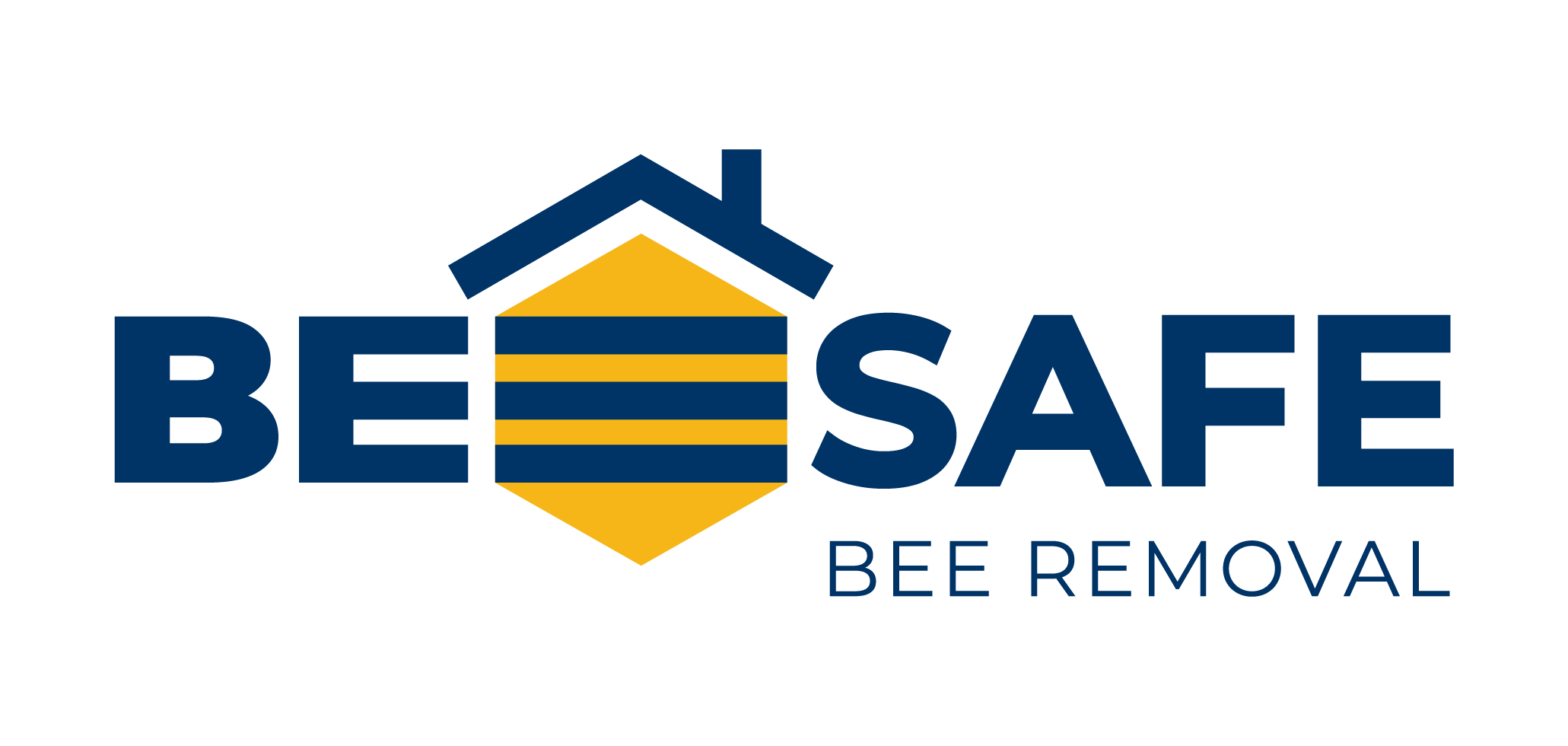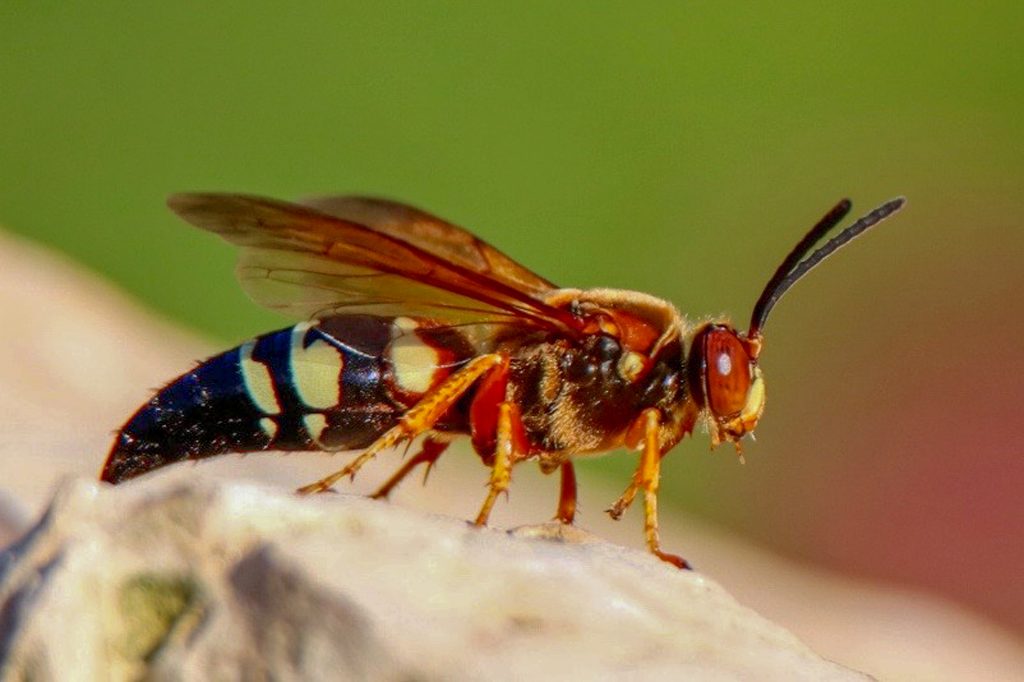Sometimes mistaken by locals as a giant bee, the Cicada Killer Wasp, on the surface, seems like an insect not to be reckoned with. These wasps are typically found through the United States, Mexico, and in some parts of Central America. If left unchecked on a property, these insects can become an annoyance for residents, workers and owners.
In order to know how to get rid of these insects, it is important to first know what you are dealing with. If you are unsure about an insect or hive that you have seen or heard about, read our frequently asked questions below to get a better idea about what you should look for. These frequently asked questions about these wasps are intended to clear certain misconceptions as well.
Before you continue, please note that it is never a smart move to approach an insect or hive without being certain about what you are dealing with. Always call a reliable and environment friendly pest removal company to be certain and for your and your family’s safety.
What Do They Look Like?
With bodies that can be as long as 1 ½ inches, Cicada Killer Wasps are generally on the larger side of the species. Their colors are similar to the European Wasp, which is the insect they are usually mistaken for. This sub type in particular, has a dark brown body, black abdomen, and bright yellow markings along their bodies. Many species of bees and wasps have similar physical attributes. It is often hard to see the difference unless you see multiple insects side by side.
What is The Lifestyle of the Cicada Killer Wasp?
The Cicada Killer’s lifestyle is all in its name. They are great predator insects. They can most often be seen carrying another wasp around after a fresh kill. However, Cicadas are not the only feeding habit this wasp has. Every once in a while they also thrive off of nectar from local flowers.
Unlike other wasps, they are much more of a solitary species and do not travel or nest in large groups. Cicada Killers begin to show up around properties in June and July, dying off in the late fall.










